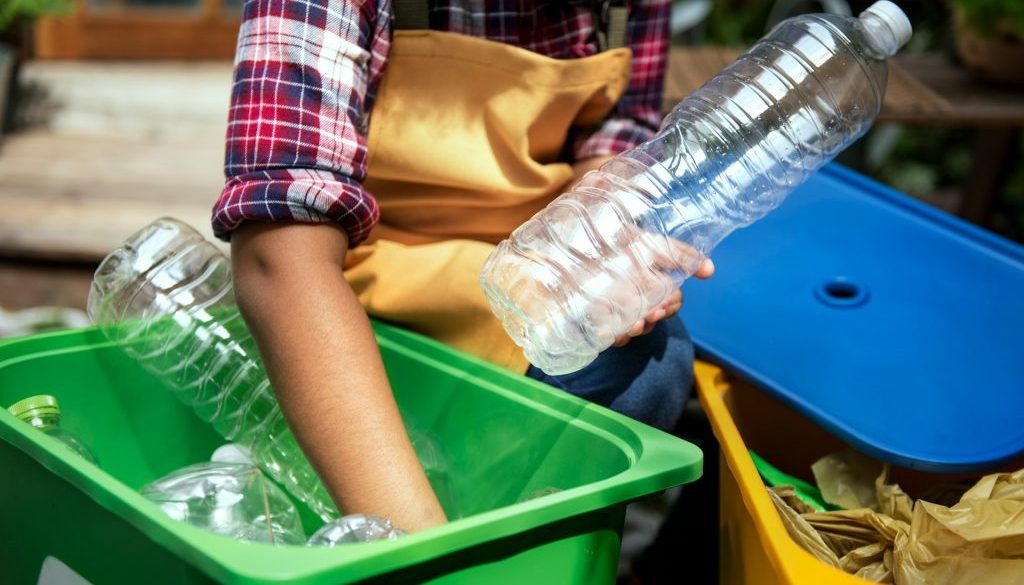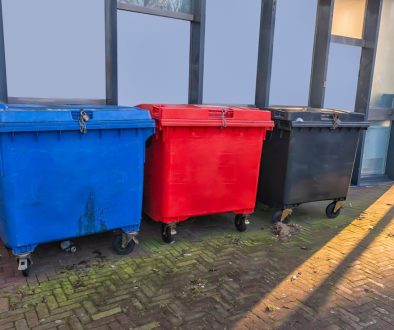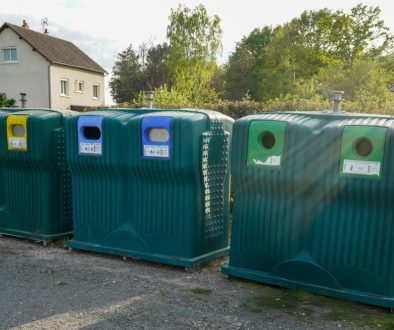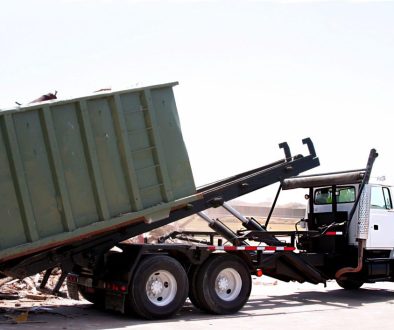Wet weather can cause all sorts of delays, mess, and safety risks on a construction site. For those working in and around Crewe, the autumn season brings a fair share of soggy ground and long stretches of drizzle. Trying to keep things moving when the soil’s damp or when pathways keep flooding can feel like a losing battle. It’s even tougher if materials on site aren’t up to the job or can’t hold up to prolonged exposure to water.
That’s where recycled materials come into play. They’re strong, resilient, and available in many forms that suit wetter working conditions. When used well and paired with smart waste management, they can reduce downtime and lower the stress of dealing with rubbish. Add skip hire in Crewe to keep the site clean and organised, and it becomes much easier to stay on top of your project regardless of the weather.
Benefits of Using Recycled Materials
Using recycled materials in construction often feels like a win on all sides. You manage waste more effectively, reduce your environmental impact, and keep the budget from being overstretched. During wet weather, reuse becomes even more practical.
Here are some clear benefits of using recycled materials in damp conditions:
– Environmentally friendly
Recycled materials help keep useful items out of landfills. Crushed bricks, broken concrete, and other debris can be processed and reused. This reduces the volume of waste heading to disposal sites and cuts demand for sourcing new raw materials.
– Cost-effective
New materials often come with a hefty price tag, especially when budgets are tight. Recycled options allow crews to get the job done while keeping spending in check. The savings can be reinvested elsewhere in the project, helping with labour, equipment, or timelines.
– Reliable performance in wet weather
Many recycled materials, such as old tarmac or conditioned aggregates, have already stood the test of time. Their durability and drainage properties are solid enough to perform under waterlogged conditions, meaning fewer setbacks and better stability.
Consider a common scenario of a Crewe homeowner working on their driveway during a drizzly September. Choosing recycled aggregates to create a compacted surface offers better drainage and durability than relying on freshly poured concrete, which can be temperamental in wet weather.
Types of Recycled Materials Suitable for Wet Weather
Not all recycled materials are created equally, especially when it comes to challenging weather. Choosing the right one can make all the difference in terms of site safety and ongoing maintenance.
Here are three reliable options for wet-weather construction:
1. Recycled aggregates
These are created from crushed stone, brick, or concrete and work well for foundations, footpaths, and base layers. Since they drain efficiently and resist sinking, they’re a go-to choice for keeping projects stable even when the ground is damp.
2. Recycled asphalt
Once processed properly, old asphalt can regain its structure and strength. It’s ideal for areas prone to vehicle or foot traffic and holds up well in wet environments by allowing rain to run off rather than pool and cause damage.
3. Reclaimed bricks and stones
Materials salvaged from previous builds can be cleaned and reused, especially in external walls and garden projects. Their aged structure often improves durability, and they blend naturally into outdoor environments while holding up against continuous rainfall.
Using the right kind of recycled materials can keep sites safer and better equipped for unpredictable conditions. It also helps prevent supply issues when roads are flooded or deliveries are delayed during storms.
Best Practices for Using Recycled Materials
Even the best materials won’t shine if they aren’t handled properly. Successfully using recycled products in wet weather comes down to process and preparation as much as product choice.
Here are some best practices for getting the most from recycled materials:
– Inspect everything before use
Not all batches of recycled product will be the same. Consistency and integrity are key, especially when the site is already difficult to manage in wet conditions. Look for signs of wear, cracks, or surface damage in bricks or concrete.
– Clean materials thoroughly
Aggregates or finer fill can sometimes come with excess soil or clay. This can clog drainage systems or compact improperly. Using clean materials avoids most problems up front.
– Compact materials properly
Whether laying down crushed aggregate or infill, ensure solid compaction. Poor installation can lead to surface shifting or sinking when water builds up. Using the right equipment also prevents future unevenness.
– Monitor changes during wet weather
Just one day of heavy rain can alter how a site behaves. Frequent site checks will help catch early warning signs such as pooling or shifting of materials. Fixes are quicker and cheaper the earlier you catch them.
To keep installation smooth and long-lasting:
1. Test strength and consistency of materials before use
2. Remove debris or anything that could disrupt performance
3. Compact in layers using proper tools for maximum hold
4. Use effective drainage setups to steer runoff away
5. Check high-use areas frequently during rain spells
These habits reduce delays and improve on-site safety, making it easier to stick to the project timeline.
Managing Waste Efficiently with Skip Hire in Crewe
One of the hardest parts of working in damp weather is keeping the site from becoming cluttered and hazardous. Rubbish builds up faster, and materials get soaked if left out. That’s why hiring a skip in Crewe is a smart strategy for staying organised.
Wet conditions often lead to more recyclable waste, such as broken slabs, old concrete, or timber. Leaving those materials scattered around the site risks further damage and creates safety issues. A skip offers a straightforward way to sort, stage, and remove this waste efficiently.
To handle skip hire well during rainy conditions:
– Choose the right size skip for the project
Wet waste weighs more, so choosing a skip that’s slightly larger helps prevent overflow and saves on delays when swapping it out.
– Keep it covered
Tarps or hard lids help protect the contents from absorbing water, especially light materials that can become soggy or unusable.
– Place wisely
Ensure the skip sits on firm, level ground with proper drainage. Avoid areas that flood easily or where access might be affected during a storm.
– Sort materials during collection
Splitting recyclable items from landfill waste makes later processing far easier. It also helps avoid unnecessary disposal fees.
– Partner with a local provider
Hiring a skip in Crewe from a dependable business keeps things simple. Local knowledge of access points, permits, and weather trends can speed up logistics.
Managing waste properly helps maintain steady site operations and makes it easier to recycle more materials back into future projects instead of sending them to landfill.
Keeping Projects on Track Despite the Rain
Carrying out a construction or landscaping project during Crewe’s wetter months doesn’t have to be a logistical nightmare. By leaning into recycled materials that are tried and tested against moisture, crews can reduce setbacks and keep performance levels high.
Add in a structured waste removal plan through skip hire, and your team avoids the mess and safety concerns that typically go hand-in-hand with wet weather jobs. A clean, organised site also improves efficiency and tempers the frustration that often builds when delays begin to stack up.
Rain might be part of the challenge, but it doesn’t need to run the show. With the right materials in place and smart waste handling methods, even a soggy week can turn into a stretch of solid progress. Whether it’s a homeowner working on their driveway or a contractor building a garden wall, these strategies help ensure every project is safe, sustainable, and successful.
Ready to tackle your next project with efficiency and ease? Discover how hiring a skip in Crewe with Enviro Skip Hire can streamline your waste management. Set the groundwork for success today by keeping your site organised, safe, and on track.




